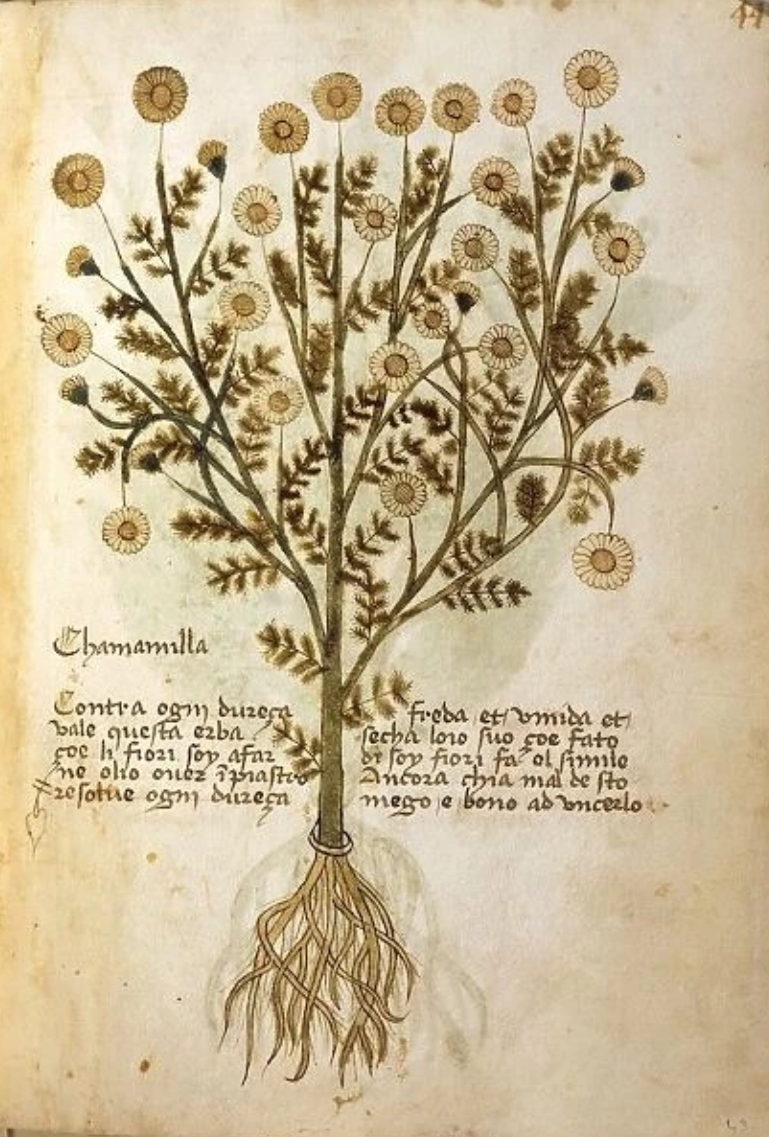
From ancient herbalists to modern day wellness, chamomile’s calming influence has stood the test of time. This delicate flower has been used and valued by many civilizations.
But what is it about chamomile that has captivated the hearts and minds of people for centuries? Join us as we explore the rich legacy of this timeless herb.

The earliest documented use of chamomile for medicinal purposes dates back to 1550 B.C.E., as mentioned in Eber’s Papyrus, an Egyptian record of herbal knowledge.
The Greeks and Egyptians utilized crushed chamomile flowers to help with the arid climate, and even Hippocrates has referenced its benefits.
In the10th century, chamomile found its place as one of the nine sacred herbs listed in the Lacnunga, an ancient Anglo-Saxon herbal manuscript.
In Rome, it was a popular remedy for various ailments. But interestingly enough, Roman chamomile wasn’t actually cultivated by the Romans but was discovered by a British botanist in the 16th century.
It was then listed in the pharmacopoeia of Würtenberg for its various medicinal properties.
In the middle ages, chamomile tea was used as a tonic.
While chamomile has been used for ages, scientific studies on its effects are limited.
Chamomile is generally safe, but some individuals might experience allergic reactions if they’re allergic to related plants like ragweed or marigolds.
Whether you’re sipping it as a calming tea, vaporizing it for a serene experience, or exploring its myriad of health benefits, chamomile remains a testament to nature’s incredible ability.
As we continue to discover and appreciate the wonders of the natural world, this herb serves as a timeless reminder of the harmonious relationship between nature and humanity.
Dive deeper into the world of herbal wonders. I invite you to join the community to explore the enchanting world of botanicals and engage in enlightening discussions.
This blog is for informational purposes only and does not represent the views of Rite Innovations. The insights shared are anecdotal and not universally applicable. The FDA has not evaluated the statements about herbal products, and we recommend consulting with a physician before consuming them. These products are not intended to diagnose, treat, cure, or prevent diseases. Support for claims made on this website is available upon request. This article is not intended as legal advice.
Sign up for our newsletter to get the latest from the Rite Innovations team.